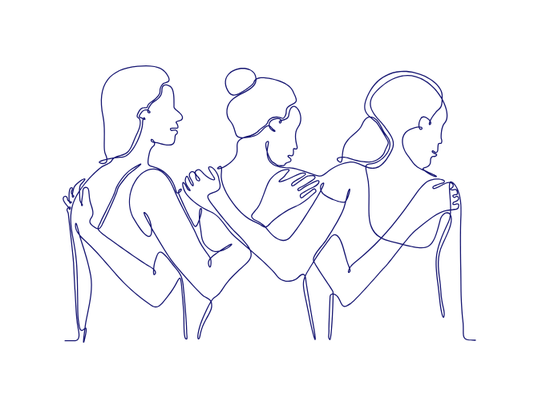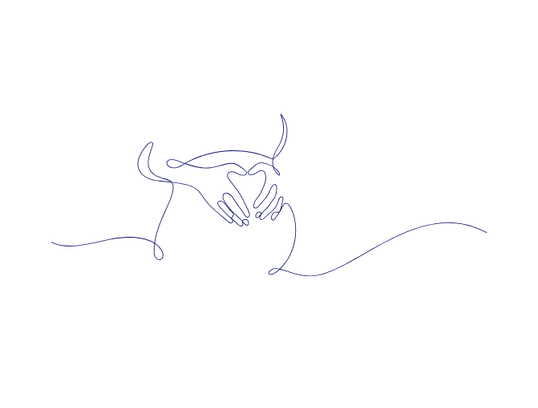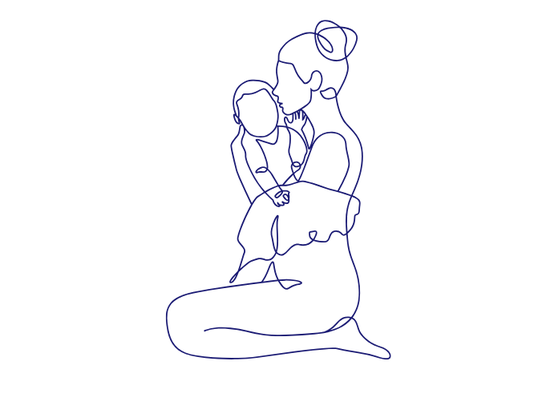
Bipolar and women
Many women with bipolar need extra support from their healthcare team at different times of their lives.
For example, on certain days of the month (linked to the menstrual cycle), before getting pregnant, during pregnancy, after giving birth, and around the menopause.
Bipolar and female hormones
Learn how oestrogen, progesterone and testosterone affect bipolar symptoms, mood, anxiety, sleep and brain function across a woman’s life.
Discover more
Bipolar and premenstrual syndrome (PMS)
Premenstrual syndrome (PMS) is the name for the symptoms women can experience in the days before their period arrives – including mood swings, breast tenderness, bloating, headaches, irritability and food cravings.
Discover more
Bipolar and planning for pregnancy
Discover how women with bipolar can plan for pregnancy, manage medication, access support, and become confident, well-supported mothers.
Discover more
Bipolar, pregnancy and after the birth
As soon as you know you are pregnant, get your GP or psychiatrist to refer you to a specialist perinatal mental health service.
Discover more
Bipolar and menopause
Explore how hormonal changes during perimenopause and menopause can affect mood and bipolar symptoms, and why researchers are investigating the link.
Discover more
Female hormones glossary
Explore key terms related to women’s health and bipolar, including hormones, pregnancy, menopause, perinatal care, MBUs, PMDD, and Advance Choice Documents.
Discover more
